The next generation of Huawei wearables has finally entered the Indian market with the launch of the HUAWEI WATCH FIT…
Read More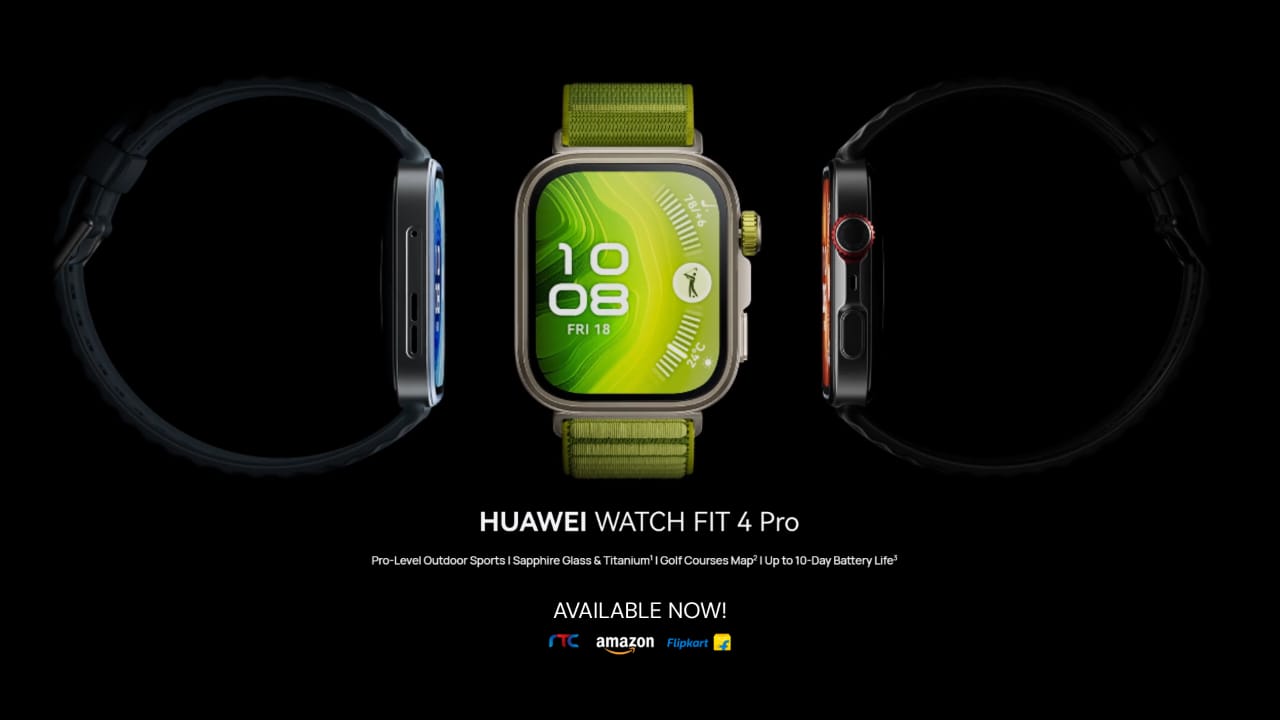

The next generation of Huawei wearables has finally entered the Indian market with the launch of the HUAWEI WATCH FIT…
Read More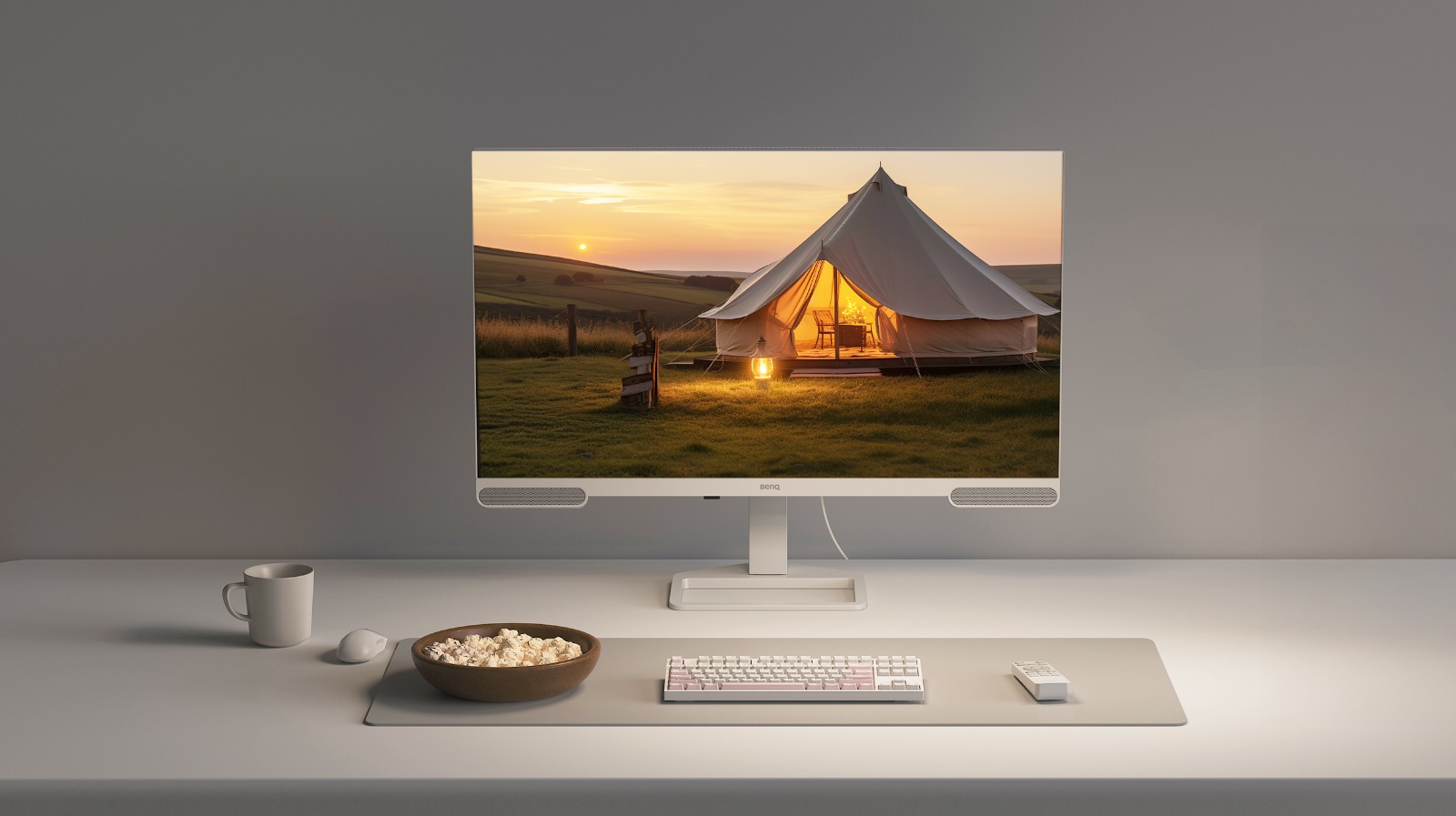
BenQ, unveiled its latest innovation—the EW90U Series Monitors—featuring EW2790U (27”) and EW3290U (32”) models. Designed for the evolved needs of…
Read More
BRAVIA Projector 7 VPL-XW5100ES Sony today announced the latest additions to its BRAVIA line-up the BRAVIA Projector 7 and BRAVIA…
Read MoreNirvana by boAt, is on the brink of launching two groundbreaking TWS earbuds – Nirvana Ivy Pro and Nirvana Zenith…
Read More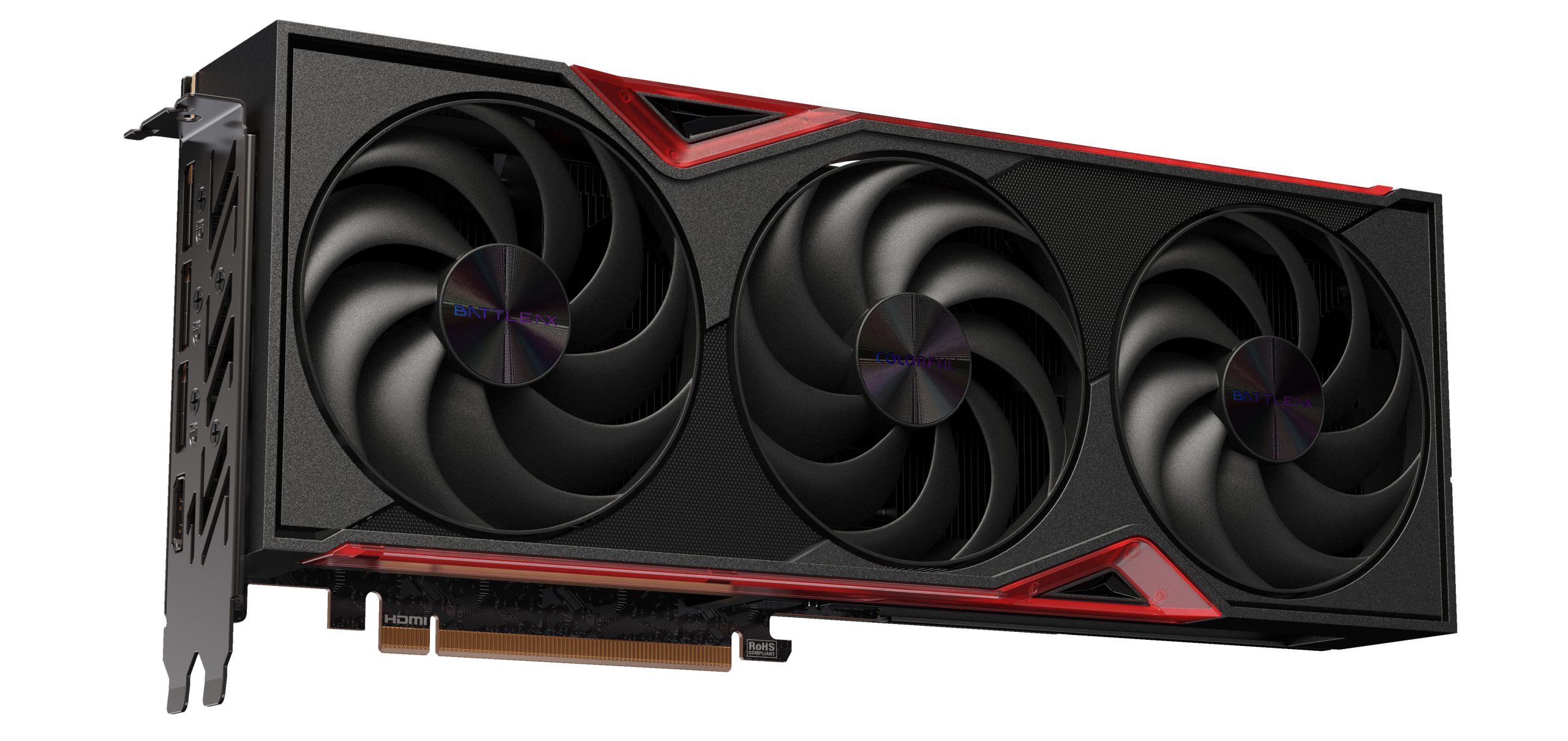
Colorful Technology Company Limited, a leading brand in gaming PC components, gaming laptops, and HiFi audio products, announces the launch…
Read More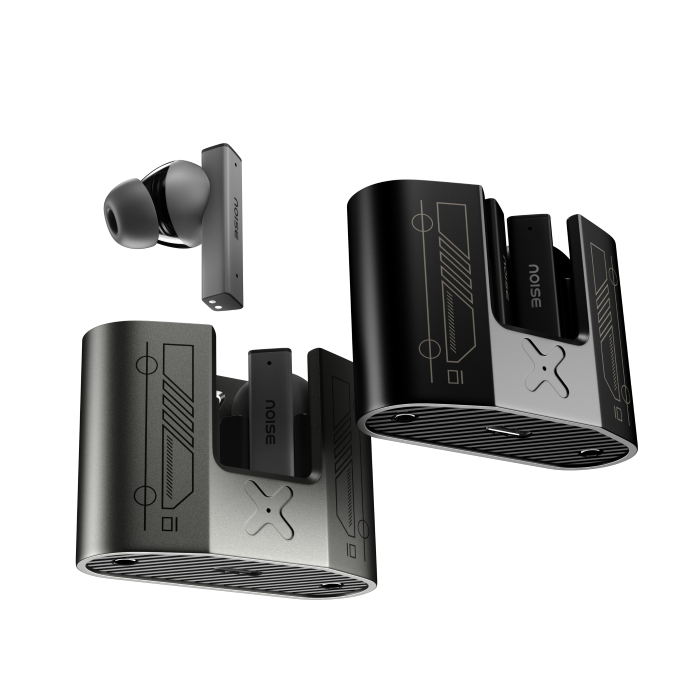
Noise, has announced the launch of its latest innovation – Noise Buds Marine. Built Different to demonstrate Noise’s design-first innovation,…
Read More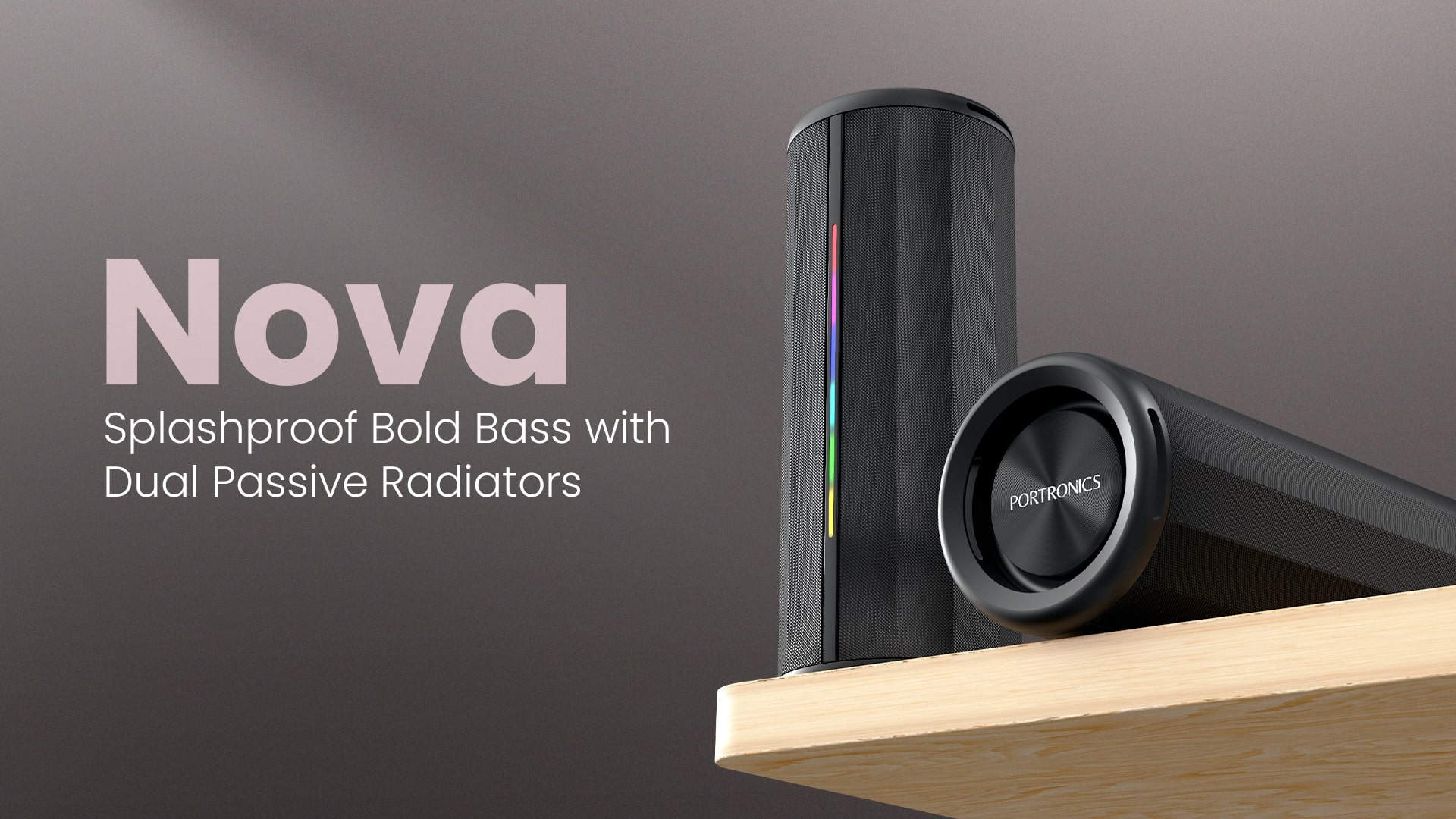
Portronics, has announced the launch of its new portable speaker — NOVA. Built for people who enjoy music on the…
Read More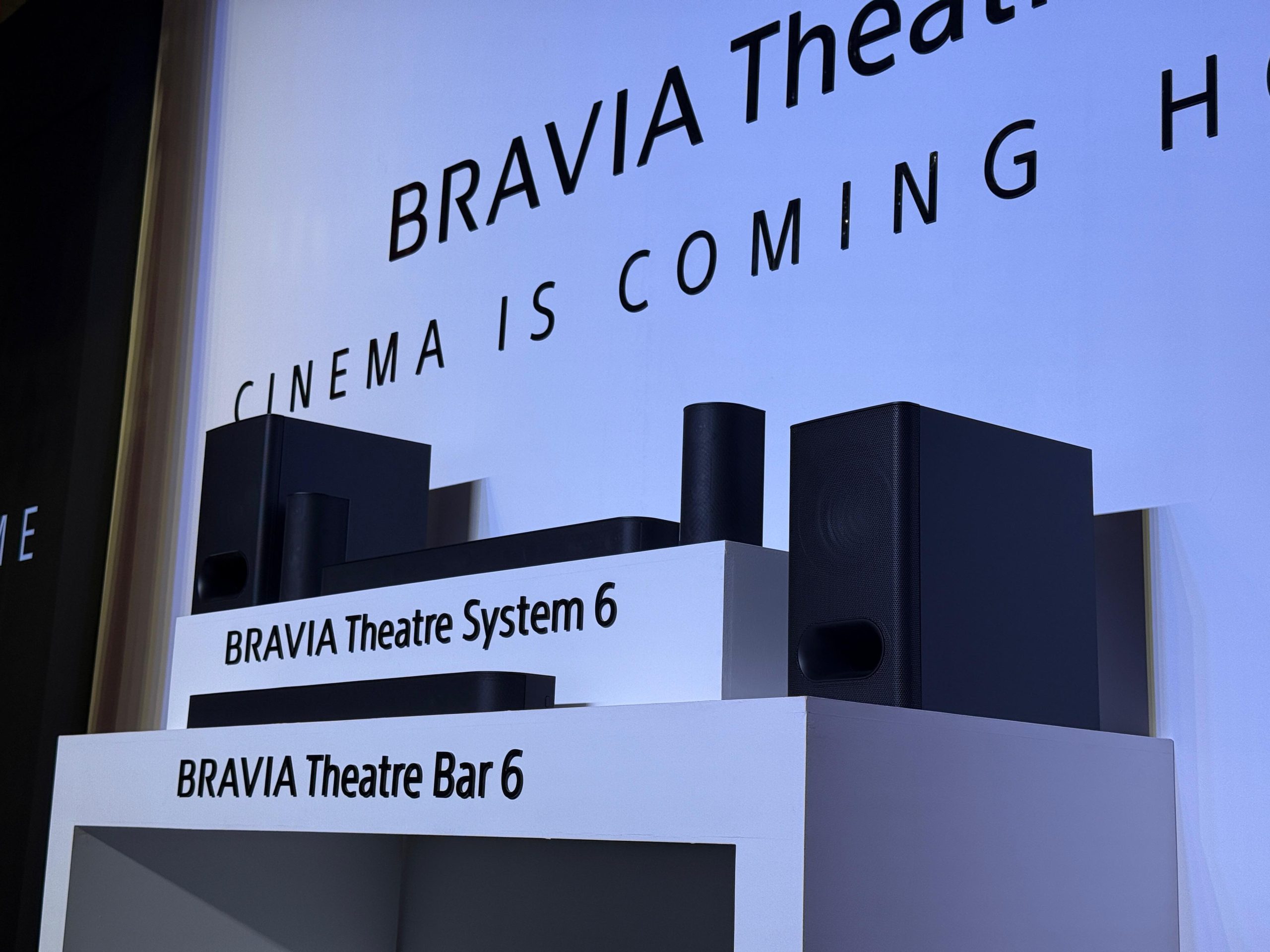
Sony India today expands its BRAVIA Theatre portfolio with the launch of two new immersive soundbars; the BRAVIA Theatre Bar…
Read More
Samsung, today introduced its 2025 Bespoke AI appliance lineup, built on four distinct consumer benefits: Easy, Care, Save and Secure…
Read More